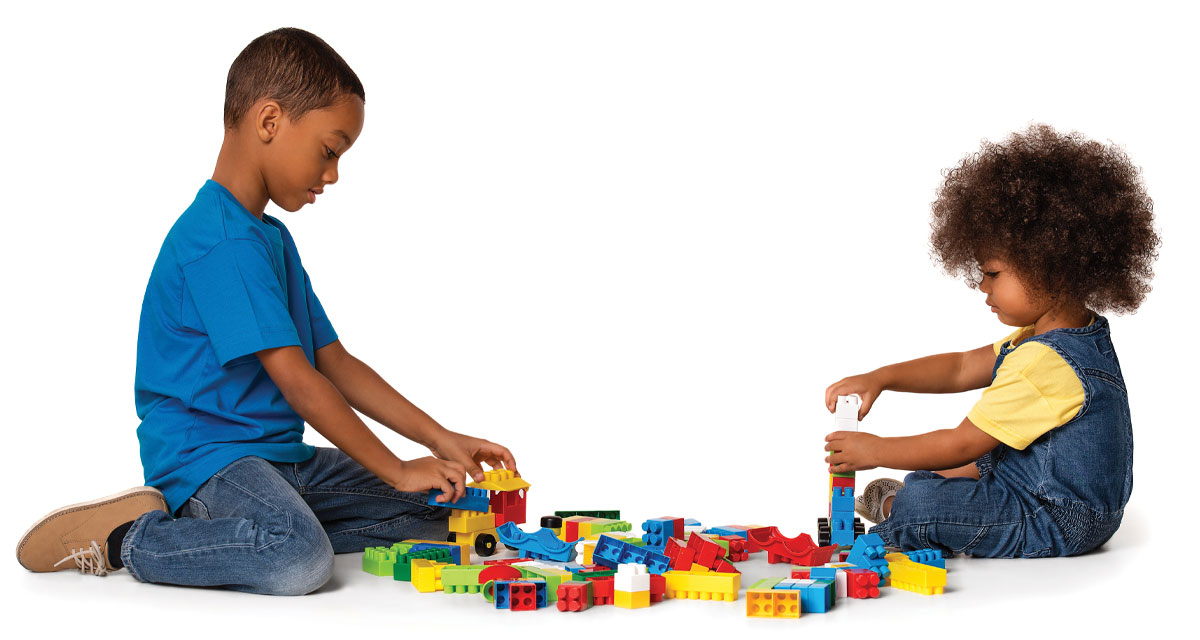What does the word sensory mean?
- “Relating to sensation or the sensory stimulation of the senses.”
- “Conveying nerve impulses from the sense organs to the nerve centers.”
The hard-wiring of electricity is similar to how our cerebral cortex connects to sensory inputs and motor outputs. Arms and legs move accordingly, as well as produce the enjoyment in feeling the warm sun on the skin or an outdoor concert. The body is extraordinary. As the hypothalamus functions similar to a relay station, it can automatically adjust the body’s temperature and send messages to promote feelings of hunger, thirst, volume, light, and circadian rhythms. Without a neurological balance, children through adulthood will experience the world differently. Inaccurate sensory processing is a disorder that may perceive environmental factors, such as lights, as too bright. The body’s defense mechanism is “fight or flight.”
Personal Comfort Level
To gauge your sensitivity, consider answering the following questions.
- Do loud, continuous sounds, like bells or whistles, make you cringe?
- Would the pop of a balloon cause a reaction?
- Are lights, at times, too bright?
- Do clothes sometimes feel like sandpaper, even though they are made from soft fabrics?
You may have responded with a fair balance of “Yes,” “No,” and “Sometimes.” SPD can range in sensitivity from very mild to severe. In response, people seek a solution, such as wearing sunglasses, an extra layer of soft clothing, or donning hearing protection.
Coexisting Conditions
Attention Deficit Hyperactive Disorder, ADHD, and Attention Deficit Disorder, ADD, are household words impacting 6.4 million American children. Neurological conditions cause an imbalance in the brain, affecting concentration, attention, impulsivity, and hyperactivity. While most genetic or neurobiological factors explain behavior, it often connects to a secondary diagnosis, a sensory processing disorder. It can be difficult to diagnose ADHD and SPD, since many of the symptoms are identical.
Some Suggestions:
- Multidisciplinary “Early Intervention” programs are available for children under the age of three. Occupational therapists treat sensory issues; but a speech-language pathologist, special educator, or physical therapist may also evaluate, if recommended.
- You should maintain a file for every e-mail and conference you have.
- Aging out of a program requires only a written request to re-evaluate. Ask questions regarding transfers to new schools.
The Sensory Schedule
Encourage a frustration-free environment by creating a pattern of organization, and a set routine. Parents, too, will appreciate a viable, predictable schedule to foster independence, while managing daily transitions. Jot down successes and hiccups in a journal. As patterns appear, parents can seek support or advice as needed.
- Drawers, boxes, and baskets can appear overwhelming; instead, use bins that include pictures of the clothing item. Picking out clothes the night before is a positive habit for all children.
- Use small, transparent containers for individual toys, such as action-figures, Legos, or blocks. Create labels that describes the item, its purpose, and method to clean up.
- Sleeping spaces need to be three-sided, such as a tent or bunk bed placed against a wall. Weighted blankets are ideal for sound sleep!
- Establish tactile zones! A “quiet zone” includes headphones for listening to books or music and ought to include materials to create art. A “building zone” contains play dough, blocks, or Legos.
- A five-tier sliding-drawer unit can support the transition from school to home. Together, decide the routine for Monday through Friday, including defined ten-minute breaks.
- Encourage your child to try new foods and spit them out if repulsed. Using a partitioned plate can help introduce new flavors, such as sauces or dips.
The indications of frustration, confusion, and anxiety can arrive quickly. The result may be a shut-down or explosion. Conditions aren’t usually viewed as a blessing, but in time, perhaps, they will be. Debbie writes, “I was diagnosed with Asperger’s in my late 30s. In the last 15 years, it’s been tough being different; yet, I also understand what my needs are. I realized my sensitivity is wonderous and affirming. I still remove myself from crowds and avoid loud environments, but I also connect with classical music and art-filled spaces. Professionally, I am in organizational development. Without my sensitivity, I wouldn’t have discovered where I belong. May your children find the same in their lives, wherever they are on the spectrum!”



















